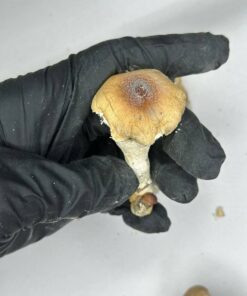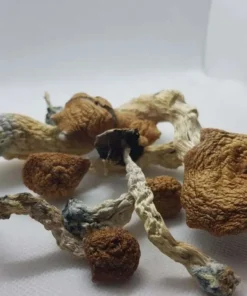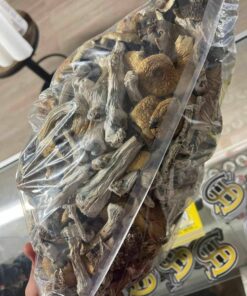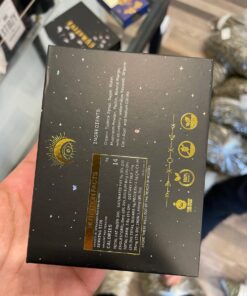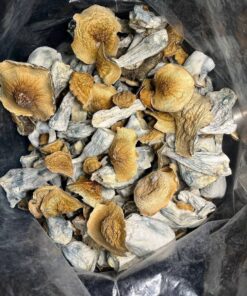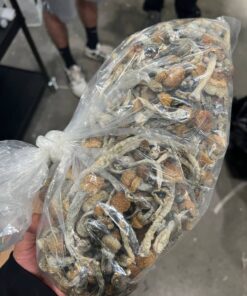Frequently Asked Questions (FAQ) about Psilocybin Mushrooms
- What are psilocybin mushrooms?
- Psilocybin is fungi that contain the psychoactive compounds psilocybin and psilocin. When consume, these compounds produce hallucinogenic effects, often refer to as a “trip,” which can include changes in perception, mood, and consciousness.
- What are the potential therapeutic benefits of psilocybin mushrooms?
- Research is exploring the potential benefits of psilocybin for mental health conditions such as depression, anxiety, PTSD, and addiction. Clinical studies suggest that psilocybin can help reduce symptoms of depression and anxiety, especially in cases of treatment-resistant depression, and may also assist in smoking cessation and reducing alcohol dependence.
- Are psilocybin mushrooms addictive?
- Psilocybin are not consider physically addictive, and users do not typically experience withdrawal symptoms after stopping use. However, frequent use can lead to tolerance, meaning higher doses are need to achieve the same effects. Psychological dependence can occur in some individuals.


